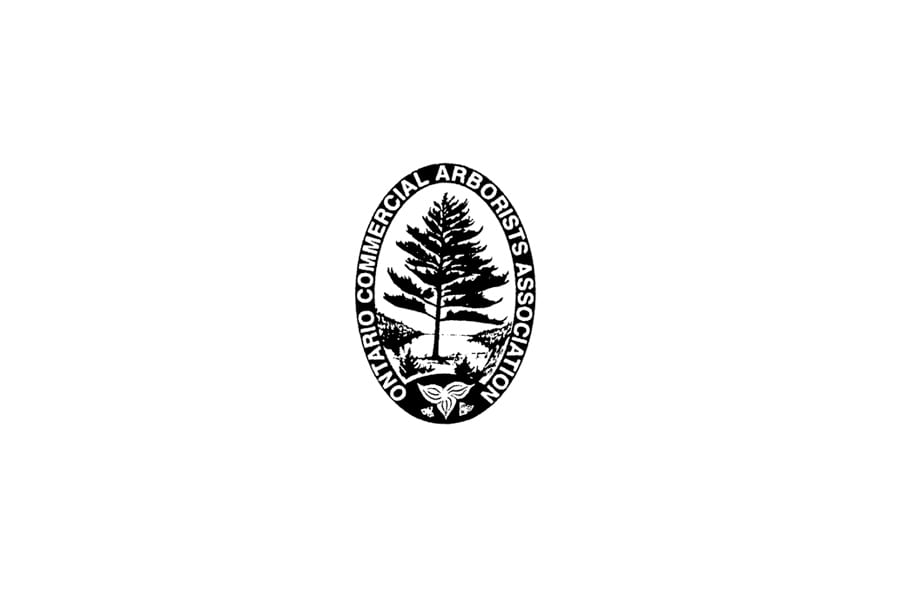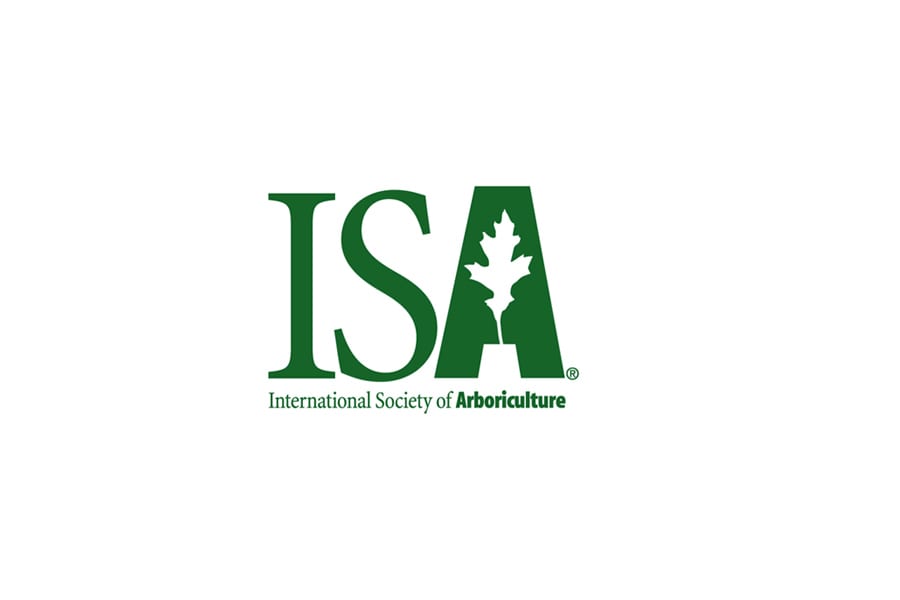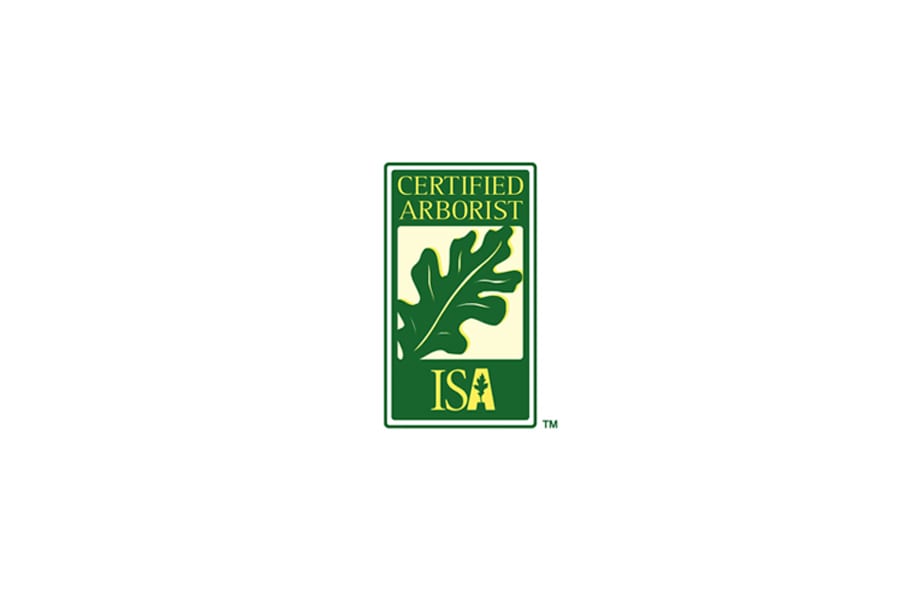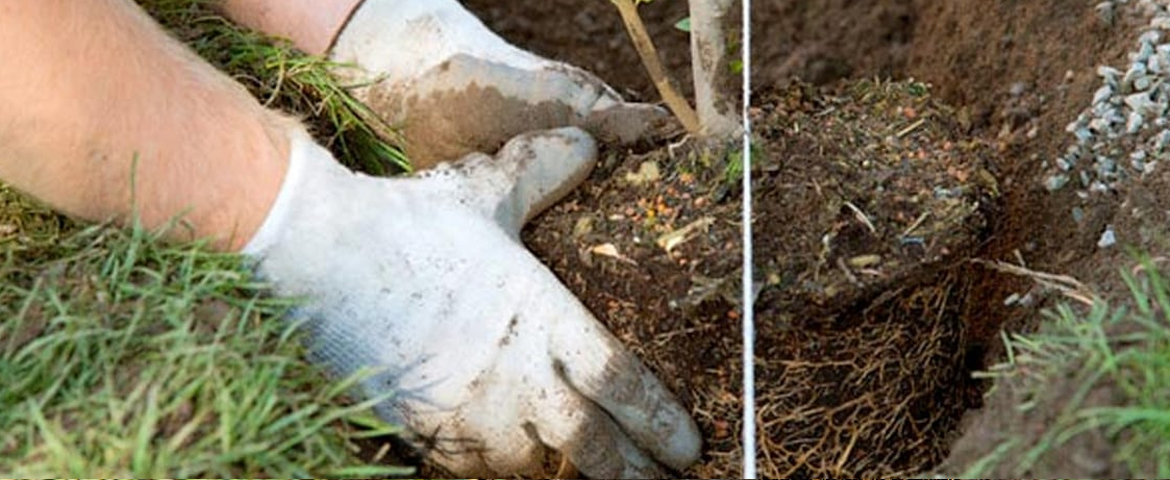
- May 5, 2021
- Dreamworks Tree Services
- Guide
- 0 Comments
Things to Know about Tree Planting and Transplanting
Trees not only add beauty and privacy to your property, but they also have practical benefits. In addition to allowing you to get natural windbreakers in the winter and cooler temperatures during the summer months, they can help enhance the overall value of your property. However, tree planting requires adequate planning, consideration of the tree’s location and type, soil and weather conditions, and more to ensure you get the maximum benefits. Read on to learn more about planting and transplanting trees from our qualified arborists, so you know what to expect.
5 Questions to Ask Before Planting Trees
What is the Purpose of Planting a Tree?
Most people associate tree planting with aesthetics. However, it helps to begin with a broader perspective by asking what the goal of the tree is. It could be as simple as installing an ornamental feature near the house, providing shade, or creating privacy. Determining the purpose will help you decide the further course of action.
What are the Light and Soil Conditions in the Planting Area?
Once you decide on the goal, observe the light and ground conditions. Check if the soil in the area is arid or damp because while some trees grow best when the soil is moist, others thrive in drier conditions. Examine its properties to know the constituent of nutrients. Consider how much sun the area gets throughout the day, and choose your tree accordingly. Although most trees need full or partial sun, a few will flourish in the shade.
How Big Will the Tree Grow?
Tree’s Height
Be sure to picture the tree’s full-grown size and consider whether it will get in the way of a utility line. Make sure it does not obstruct the view from your house.
Size of the Canopy
Position your tree in a way that gives it space all around with no obstacles to restrict the growth of its canopy.
Underground
Remember that a tree’s roots tend to spread out even farther than its canopy. Do not plant them too close to each other and ensure there are no underground pipes that could be damaged by roots.
What Does the Tree Need to Become Strong and Healthy?
Most providers of tree planting services will agree that nutrients in the soil, sunlight, and quantity of water are essential things that plants need to grow to their full potential.
Which Plant is Right for My Property?
Once you consider the critical aspects of planting a tree, it will help you determine which plants are the best for your property. Hiring arborists offering tree planting services can help you select the right type.
How is Tree Planting Different from Transplanting?
Replanting or transplanting is the technique of moving a plant from one location to another. It allows you to plant the seedlings at the correct spot and ensures they get adequate nutrients, water, and sunlight.
If you’re wondering when the best time is to transplant a tree, we recommend doing so during early spring or late fall. This is because the tree’s dormant state will allow for faster root growth in the new spot. When transplanting in the fall, complete the task early enough for the roots to get established before the ground freezes. Be sure to prune the roots several months before the transplant to help the tree thrive in its new location.
Preparation for Transplanting
Pruning Roots
Root pruning encourages the plant to produce new feeder roots, which help reduce transplant shock. For most plants, it is wise to prune the roots in the fall and transplant them the following spring. If the plant is large, you should consider pruning it for a year or more before the transplant. The pruning method will depend on the type of plant you have. After trimming the roots, ensure the root ball receives enough water by feeling the soil.
Transplanting
Here are a few steps to help you transplant a tree:
- Before you move the plant, prepare the hole in the new location.
- Cover the root ball before moving the plant to ensure the soil stays together as you dig it out.
- Dig soil away from the root ball, and wrap it in untreated, natural burlap. Synthetic burlap will not rot away and will eventually cause the growth of the roots to be restricted.
- Move the plant using a cart, wheelbarrow, or cardboard. Keep the root ball and soil intact because it may break the roots inside if you are not careful, causing the plant to die.
- Place the plant so the burlap is at the same depth as the hole and fill it with topsoil.
- Add three to four inches of mulch but keep it off the tree trunk or stems of the plant, and water adequately.
The Best Practices for Transplanting Trees and Shrubs
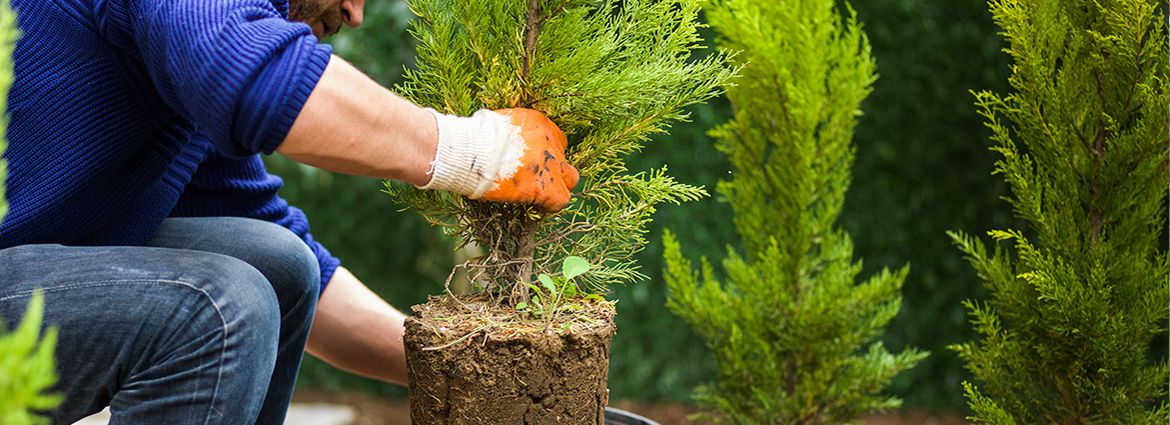
Transplanting trees and shrubs can be risky as there are higher chances of damaging the smaller feeder roots in the process. These roots absorb most of the plant’s essential nutrients and water. To help minimize the shock to the plant, prune the roots several months to about a year before moving the plant.
How to Transplant a Tree
After you prune the roots, give the tree some months to grow and establish new roots. Make sure the tree is healthy before removing it from the ground. Follow these steps for successful transplanting:
- Choose the new location carefully and ensure it has sufficient space for the tree to thrive. Consider soil conditions and availability of light, nutrients, and water.
- Water the soil one day before transplanting because moist soil is easier to dig and helps maintain the root ball.
- Dig a hole about three times wider the root ball’s depth, so the roots have room to spread. Water it properly.
- Remove the topsoil near the roots and trunk of the tree using a shovel. Dig around the tree about 6-8 inches away from the pruned roots. Dig several inches past the trench to help the tree adjust to its new location.
- Once the plant is free of the ground, place natural burlap in the hole and coax the tree roots over it. Lift it from the ground with the burlap to avoid breakage.
- Secure the burlap with twine to keep the soil together and carry the tree to its new position carefully.
- Place it into the hole while ensuring that the base trunk is level with the ground once you fill it. Then, remove the burlap and twine.
- Ensure the subsoil is at the bottom and topsoil at the top when filling the space around the tree. Tamp it gently and water thoroughly. Add two to three inches of mulch around the tree’s base.
Get the Best Tree Care Service in Toronto
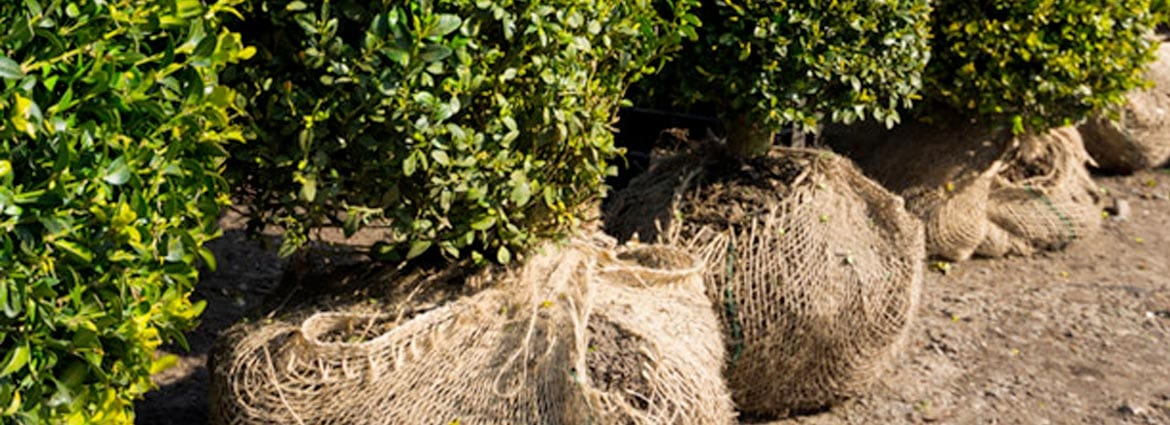
Take the time to consider the crucial aspects of tree planting and transplanting, so you’ll have less work to do in the future. At DreamWorks Tree Services, we have the knowledge and expertise to offer tree and shrub care to ensure your plants are healthy. Our qualified arborists in Toronto will help you select the tree that best fits your location.
For more information about transplanting and tree planting in Toronto, please call us at 647-261-2627.
Also Read:







